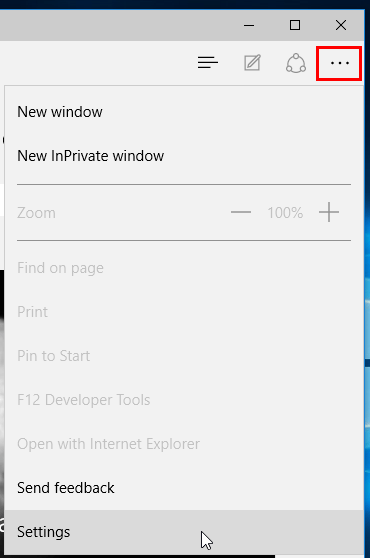

Google seriously wants Chrome users to stop using Flash, so it’s making the Flash process annoying on purpose.

If you use Flash frequently on a particular website, you’ll have to do this repeatedly. Here’s the bad news: whenever you restart your browser, Chrome erases this list.

Alternatively, you can head to chrome://settings/content/flash to view it. Whenever you allow Flash for a website, it’s added to the allow list-click the blocked plugin icon and click “Manage” to see it. To run all Flash objects on the page-including any hidden Flash objects running in the background-click the blocked plugin icon at the right side of the Omnibox and click “Run Flash this time.” To run an individual Flash object, click its Play button. Even after you reload the page, any Flash content won’t be loaded-you have to click it to load it.


 0 kommentar(er)
0 kommentar(er)
